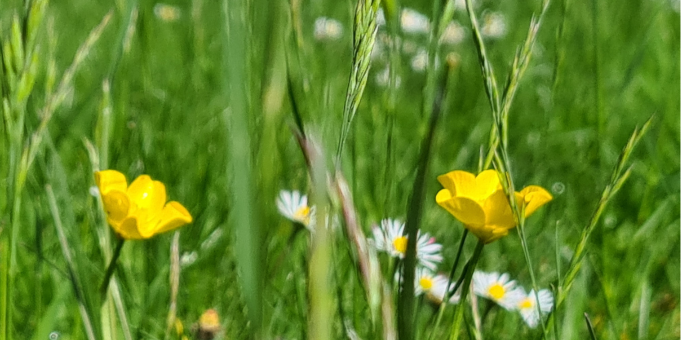According to the U.S. Environmental Protection Agency, lawns and gardens in our country are sprayed with more than 90 million pounds of insecticides and herbicides a year. The mowers and edgers that maintain them emit nearly 27 million tons of air pollutants annually. What’s more, U.S. residents squander a whopping 9 billion gallons of water outdoors each day, primarily on landscape irrigation.
Carol Stocker, a Boston Globe correspondent, suggested three ways to replace your lawn in her column, Ask the Gardener on May 3, 2023. According to Stocker, “Try overseeding with low-growing white “Dutch” clover (trifolium repens) seed as a thickener to your existing high-traffic grass. Rake the tiny seeds into the soil at the rate of six ounces per 1,000 square feet. Water well and keep the soil slightly damp for the next month. Do not fertilize it, or you will kill the clover, which will enrich the soil naturally and can restore your lawn to a more natural state. You can also buy lawn mixes that include clover, which used to be part of every lawn.” She warns though, “Clover will attract so many bees that you don’t want to use it where children run barefoot.”
There are a number of native, wildlife-welcoming alternatives to nonnative turf grasses, some of them tough enough for kids and your pet to play on. Learn more about these turf alternatives HERE.
Additionally, Newton Conservators has a wonderful toolkit that focuses exclusively on native plants that attract pollinators.



Recently on Twitter